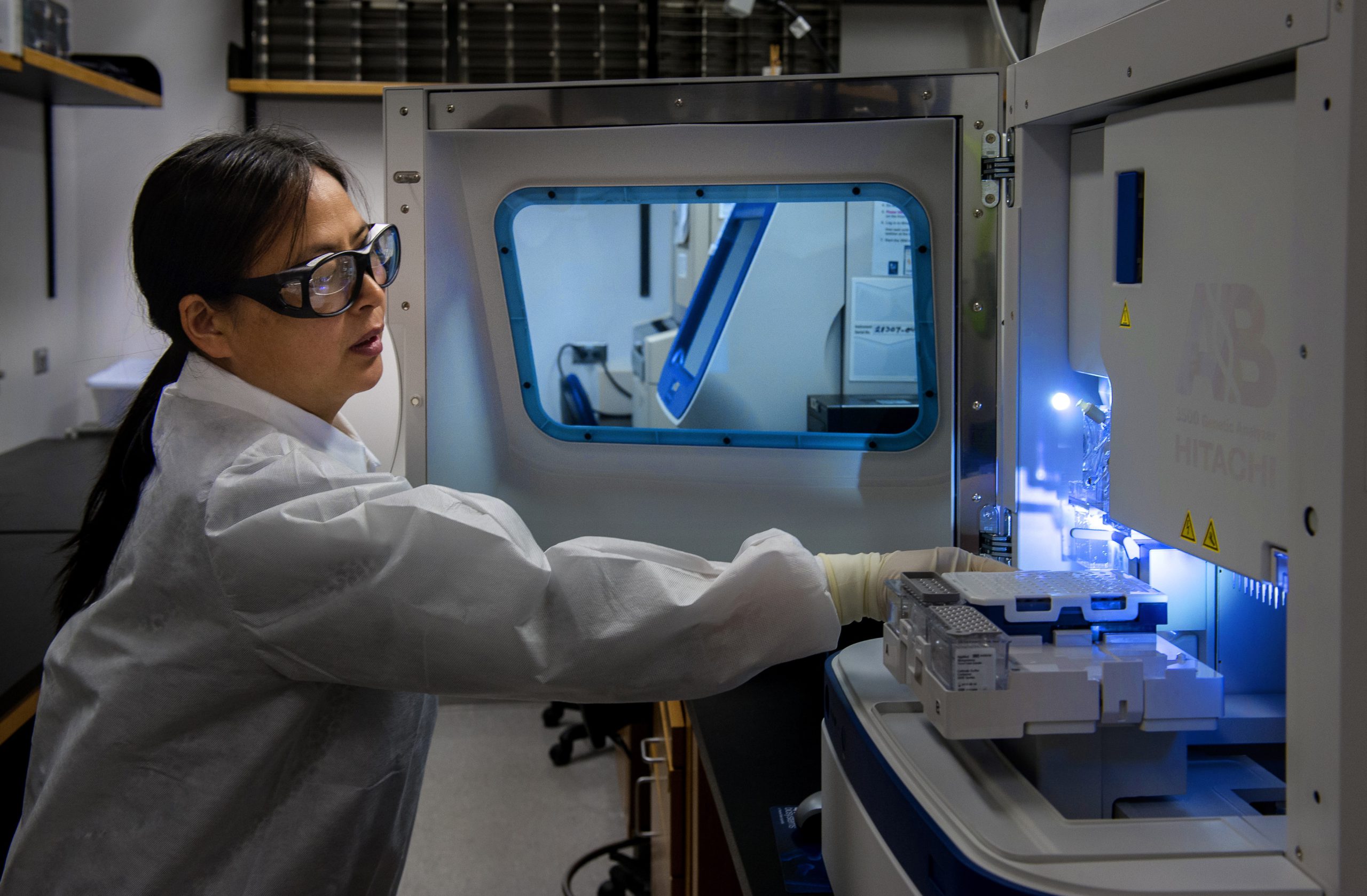NASA’s Mission to Jupiter’s Moon Sparks Hope for Potential Habitability
In our pursuit of innovation and scientific exploration, GBX Technology brings you a closer look at NASA’s upcoming mission to Jupiter’s moon, Europa. A celestial body that has long captivated the curiosity of scientists, Europa holds the potential for harboring life beneath its icy exterior. Join us as we delve into the intricacies of NASA’s Europa Clipper mission, set to embark on this extraordinary journey in October 2024.
NASA’s Europa Clipper mission is poised to be a groundbreaking endeavor, equipped with a sophisticated suite of nine science instruments meticulously integrated into the spacecraft. The primary objective is to unravel the mysteries of Europa’s subsurface ocean, exploring its potential habitability. While not landing on Europa’s surface, the spacecraft will conduct a series of 49 flybys over four years, capturing comprehensive data to analyze the moon’s geological and atmospheric features.
Integral to the mission is the synchronized operation of multiple instruments, ensuring a holistic understanding of Europa. A magnetometer and plasma analyzer will work together to study the moon’s interior by measuring its magnetic field and analyzing the surrounding charged particles. These insights will be crucial in deciphering the composition and dynamics of Europa’s subsurface ocean.

The Europa Clipper, equipped with its complete set of instruments, is on display in the pristine environment of High Bay 1 at NASA’s Jet Propulsion Laboratory as of January 19. A tent surrounds the spacecraft to facilitate electromagnetic testing. Image credit: NASA/JPL-Caltech
The spacecraft’s exploration extends to Europa’s atmosphere, providing valuable information about surface interactions. Instruments such as a mass spectrometer, surface dust analyzer, and spectrograph will meticulously examine the faint atmosphere, shedding light on potential plumes and variations over time. Simultaneously, high-resolution cameras will capture detailed images, creating the first comprehensive map of Europa’s surface and identifying areas of interest.
To comprehend Europa’s ice shell, the mission incorporates radar instruments, searching for water within and beneath the estimated 10 to 15 miles thick outer casing. The spacecraft’s imaging spectrometer will map surface features, including ices, salts, and organic molecules, contributing to a more profound understanding of the moon’s composition. The spacecraft’s final endeavor involves studying Europa’s gravitational field, unveiling insights into its interior structure. By measuring gravitational variations during its orbit around Jupiter, scientists aim to decipher the moon’s hidden geological characteristics.
As the Europa Clipper undergoes comprehensive testing, the anticipation builds for its launch in October. This mission not only marks a significant step in our exploration of the solar system but also holds the promise of answering age-old questions about the potential habitability of distant worlds.
For those eager to delve deeper into the intricacies of NASA’s Europa Clipper mission, visit NASA’s Europa Clipper website for additional details and updates. Join us in celebrating this monumental venture that seeks to unlock the secrets of Europa, a moon that may hold clues to the existence of life beyond Earth.






